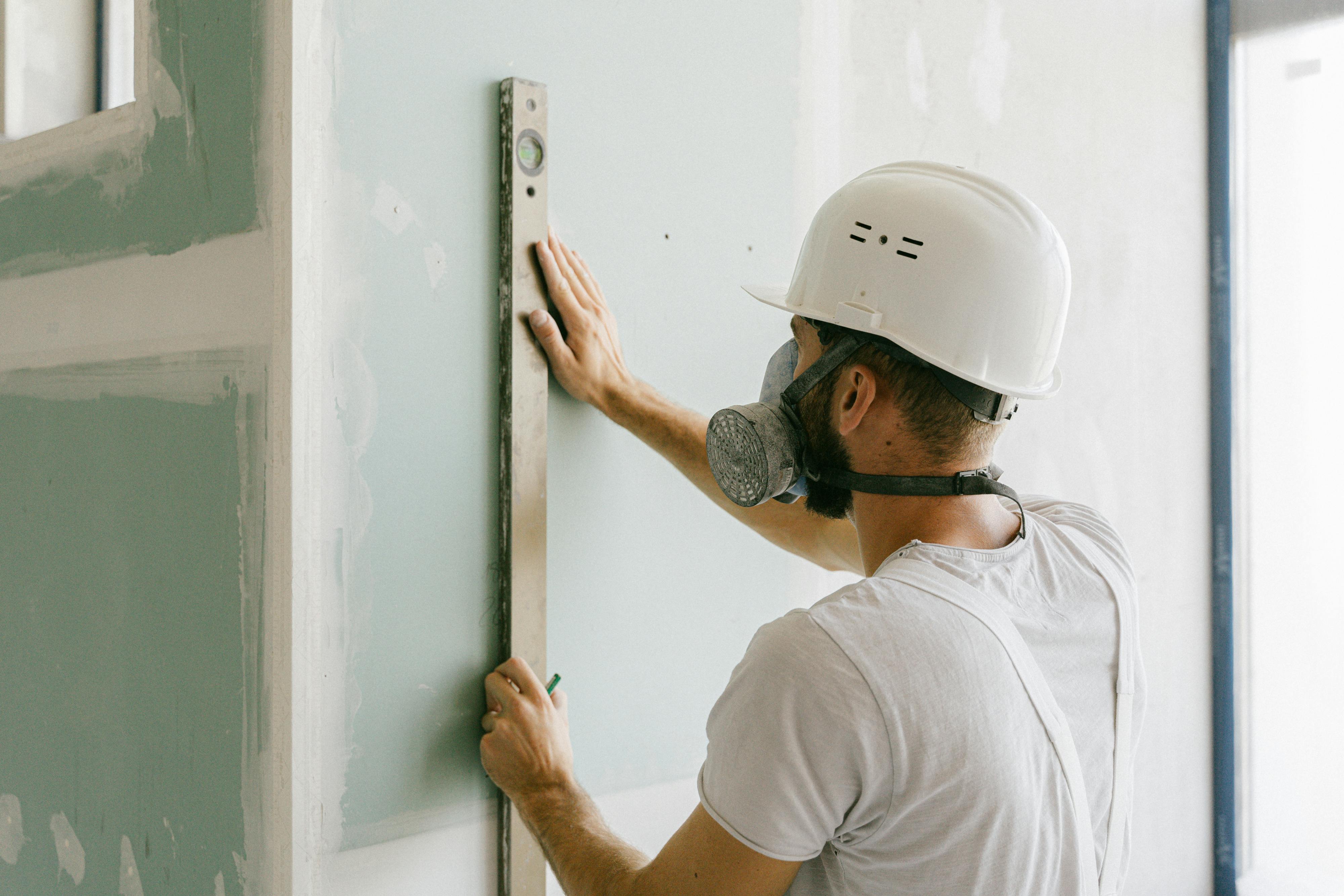Union Crew Workflow at Major Japanese Venues
Author
Shun
Date Published

Behind every large-scale conference or exhibition in Japan is a disciplined union crew system that runs with precision. Whether you’re working at Tokyo Big Sight, INTEX Osaka, or PACIFICO Yokohama, these crews operate under strict dispatch rules and time control standards. Many international planners misinterpret the structure, assuming it mirrors Western freelance systems, but in Japan, union workflow is highly procedural and deeply tied to venue compliance.
From defining dispatch categories and setting precise call times to conducting daily safety briefings, every step depends on disciplined coordination with the venue’s authorized labor contractor. This guide explains how to understand Japan’s union crew ecosystem, maintain compliance, and build a seamless coordination flow that keeps your build-up and teardown on schedule.

Dispatch Categories
Union crew assignments in Japan are divided by specialty and labor class. Rather than one general labor pool, each function such as carpentry, lighting, rigging, AV, and logistics operates under a separate dispatch license. The venue allocates or approves each team through its contracted labor association, meaning you cannot freely hire from outside without prior consent.
Below are the main union crew categories typically dispatched at major Japanese venues:
Category | Japanese Term | Primary Role | Key Compliance Points |
|---|---|---|---|
Carpentry & Set Construction | 大道具 (Daidōgu) | Builds stages, partitions, and booths; manages platform structures. | Requires safety-certified carpenters; must follow venue-approved blueprints. |
Electrical & Lighting | 照明 (Shōmei) | Installs and maintains lighting systems and venue power. | Only certified electricians handle wiring and high-voltage circuits. |
Rigging & Trussing | 吊り物 (Tsurimono) | Manages truss systems, hoists, and suspended signage. | Needs rigging safety certification; must submit pre-approved rigging plan. |
Audio-Visual & Technical | 映像・音響 (Eizō / Onkyō) | Operates sound, projection, and LED screen systems. | Works under the venue’s AV control office; requires equipment compatibility check. |
Logistics & Load-In/Out | 搬入出 (Hannyūshutsu) | Handles truck scheduling, freight movement, and crate management. | Forklift operators must be licensed; load-in times pre-approved by venue. |
Decoration & Signage | 装飾 (Sōshoku) | Installs printed panels, drapes, and event branding. | Must use flame-retardant materials; subject to fire safety inspection. |
Safety & Stage Management | 安全・進行管理 (Anzen / Shinkō Kanri) | Oversees crew safety, toolbox talks, and compliance reporting. | Acts as on-site compliance lead; ensures all safety documentation is filed. |
Cleaning & Waste Management | 清掃 (Seisō) | Handles waste segregation, post-event cleanup, and venue restoration. | Must follow city-level waste sorting laws; disposal proof often required. |
To manage effectively:
- Request the venue’s official crew category list early, often labeled as “Gijutsu Kumiai” (technical union).
- Identify the primary contractor responsible for sub-hiring (usually the general contractor or production house).
- Note that hourly rates differ between categories, with carpentry and rigging often the highest due to safety certification.
- Understand that foreign crew cannot directly supervise union staff; local supervisors act as intermediaries.
During one exhibition in Nagoya, a misunderstanding about dispatch categories caused delays because the overseas production team booked a decorator directly instead of through the approved contractor. Once routed properly through the venue’s union partner, work resumed immediately and remained compliant.
Mini Checklist
- Confirm all categories and license holders before finalizing your build plan.
- Verify which tasks require venue-certified union members.
- Include category descriptions in your production schedule.
- Avoid direct hiring outside of the approved dispatch chain.
Clause Example:
All on-site labor shall be contracted through venue-approved dispatch channels, and the Organizer acknowledges that any subcontracted work must be pre-approved by the designated labor coordinator.
Share your vendor RFPs with the main contractor early to ensure dispatch allocation aligns with your event’s build sequence.

Call Times
Punctuality is a non-negotiable rule in Japan’s union workflow. Crews are paid by the half-day or full-day unit, not hourly increments, and late arrivals can disrupt the entire chain of technical setup. Call times are often synchronized across teams through a central dispatch clock set by the venue.
To align with this system:
- Always specify “call time,” “start time,” and “work start” separately in the brief—each has distinct meaning.
- Call time (集合時間) means the crew must have gathered and reported to the foreman.
- Work start (作業開始) means tools down and tasks underway, typically 15–20 minutes later.
- Breaks and meal windows are fixed, usually at 10:00, 12:00, 15:00, and 18:00.
At Tokyo International Forum, I once watched a full lighting rigging shift halt because one overseas planner moved the call time by 15 minutes without notifying the union office. The re-coordination cost half a day.
Mini Checklist
- Always state call time, setup start, and end time separately.
- Align breaks with venue policy; do not shorten or shift them unilaterally.
- Confirm crew meal allowances with the main contractor.
- Keep a spare shift buffer of 30 minutes before rehearsals.
Clause Example:
The Organizer shall observe the official call times established by the venue’s dispatch coordinator, and any deviation must be communicated at least 24 hours in advance.
Include call-time notes in your production timeline to align foreign supervisors with Japanese crew routines.
Safety Briefings
Every Japanese venue requires a daily anzen keikaku (safety plan) and morning toolbox talk before work begins. Attendance is mandatory for all crew and subcontractors. Skipping this step can result in work stoppage or penalties.
Safety briefings cover venue-specific hazards, equipment handling, and evacuation points. Even for simple setups, the ritual reinforces discipline and ensures compliance with labor law.
To prepare efficiently:
- Submit your event’s safety plan one week prior for venue approval.
- Schedule 15–30 minutes each morning for toolbox talks led by the site foreman.
- Require bilingual briefing sheets when foreign staff are present.
- Document attendance and retain records for audit.
During an event at PACIFICO Yokohama, a lighting team was barred entry until they attended the safety talk because one new technician had not signed the attendance form. The venue supervisor was polite but firm saying that safety comes before schedule.
Mini Checklist
- Include safety briefing time in your daily schedule.
- Translate the anzen keikaku summary for all non-Japanese staff.
- Keep sign-in sheets for all participants.
- Store completed forms with your project compliance file.
Clause Example:
All personnel shall participate in venue-mandated safety briefings before commencing work, and the Organizer shall maintain attendance records for verification.
Attach your safety briefing schedule to the master vendor brief to ensure all contractors plan accordingly.

Coordination Flow
Union coordination in Japan follows a top-down structure led by the Labor Dispatcher (Haken Tantōsha) and Venue Technical Supervisor (Gijutsu Tantōsha). Communication typically flows
from the organizer to the general contractor, then to union foremen, and finally to individual crew members. Attempting to bypass this chain is viewed as disrespectful and can halt work.
For efficient coordination:
- Assign one bilingual liaison as your point of contact for all union communication.
- Always relay instructions through the foreman, not individual crew members.
- Hold short coordination meetings twice daily—morning and post-lunch.
- Confirm end-of-day reports summarizing task completion and pending work.
When I managed a multi-day exhibition in Osaka, our bilingual coordinator saved hours daily by consolidating questions from five contractors into one report for the dispatch supervisor. The clarity eliminated confusion and kept all shifts on pace.
Mini Checklist
- Designate a single communication route for all union instructions.
- Keep contact numbers for all dispatch offices in your master plan.
- Log daily coordination reports in Japanese and English.
- Conduct one wrap-up briefing at the end of each day.
Clause Example:
All instructions to union crew shall be issued through the designated site coordinator in alignment with the venue’s approved communication chain.
Include your coordination map in the RFP submission to demonstrate compliance readiness and streamline pre-event approvals.
FAQs
1. Can international organizers bring their own crew to work at Japanese venues?
Usually not without venue consent. All on-site labor must be managed through venue-approved unions or subcontractors for insurance and safety compliance.
2. How are union crew fees typically structured?
They are billed in half-day or full-day units, inclusive of breaks, with additional fees for night or holiday work. Hourly extensions are rare and must be approved in advance.
3. Are safety briefings required for short or small setups?
Yes. Even one-day builds require formal safety orientation. Venues treat it as a legal requirement, not an optional procedure.
4. Who holds authority to approve work changes during setup?
Only the designated site coordinator or union foreman can authorize modifications once dispatch has begun.
5. How can I verify if a contractor is union-certified?
Ask the venue for the official dispatch list (Haken Ichiran). It includes license numbers and registered contractor names for each category.
Conclusion
Understanding Japan’s union crew workflow is essential for operational success. When planners respect the dispatch system, follow call-time discipline, and engage through proper coordination channels, setup becomes remarkably efficient.
By aligning your internal processes with these systems, you’ll gain the trust of Japanese venue staff and avoid costly delays. To ensure your event runs on time and within compliance, connect with us and request a sample union coordination checklist tailored for major Japanese venues.